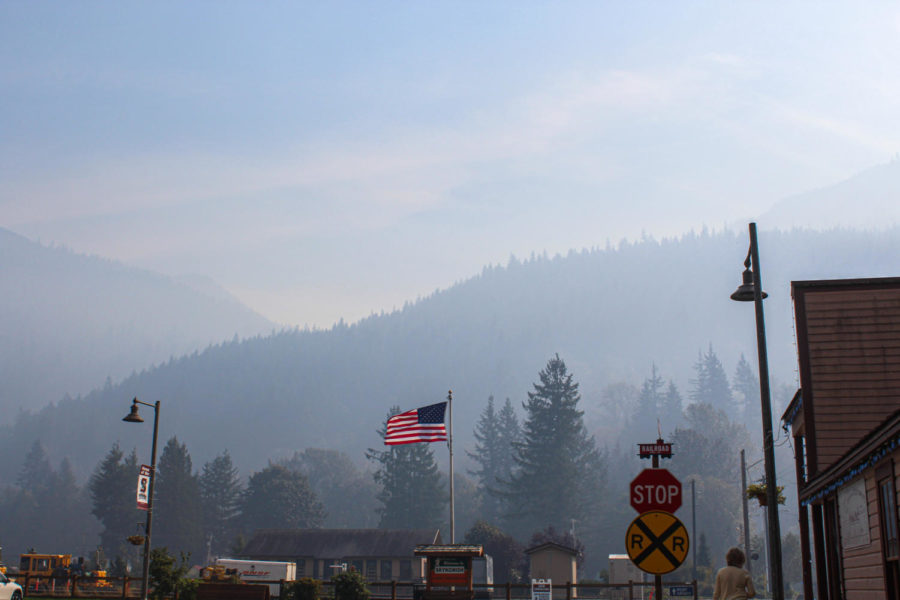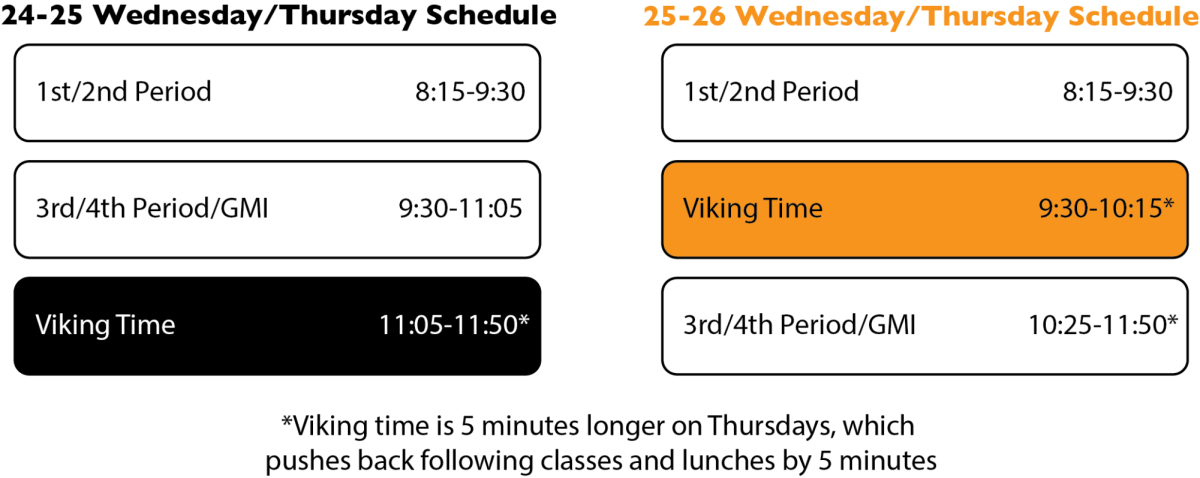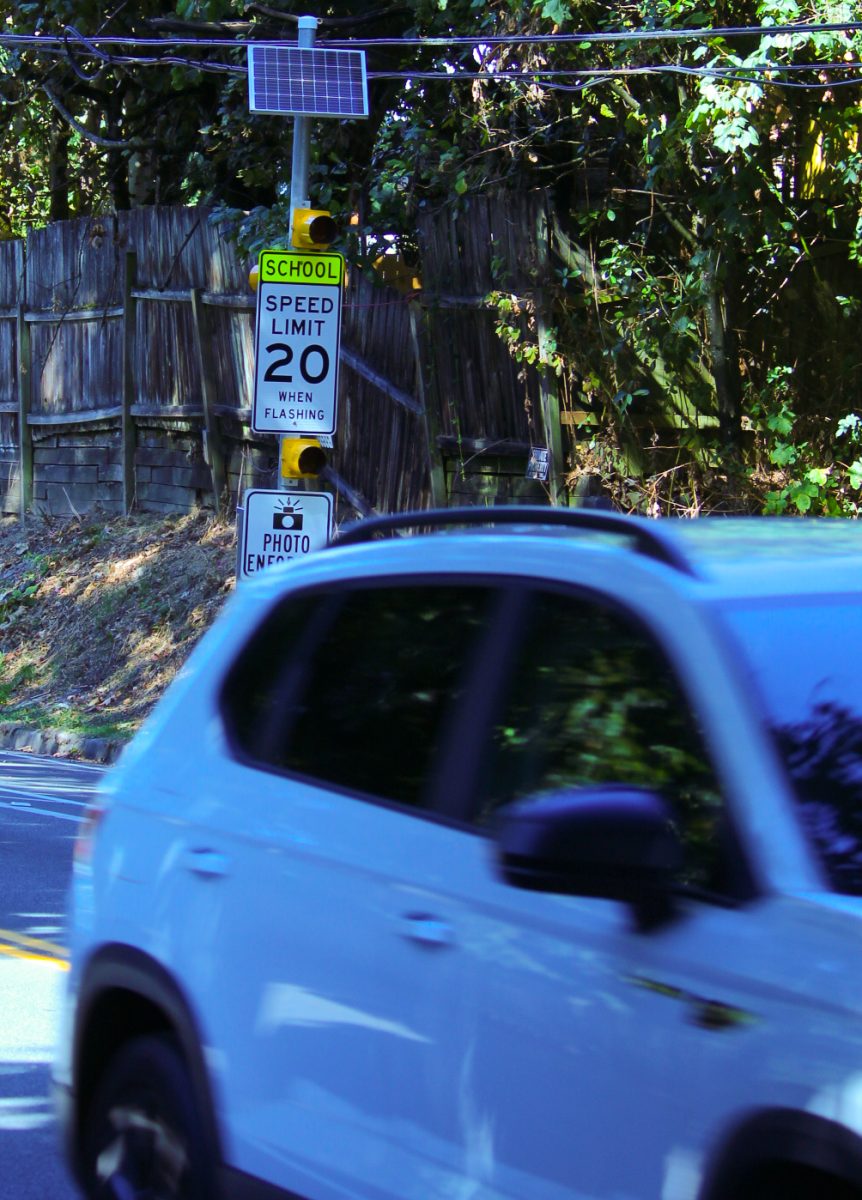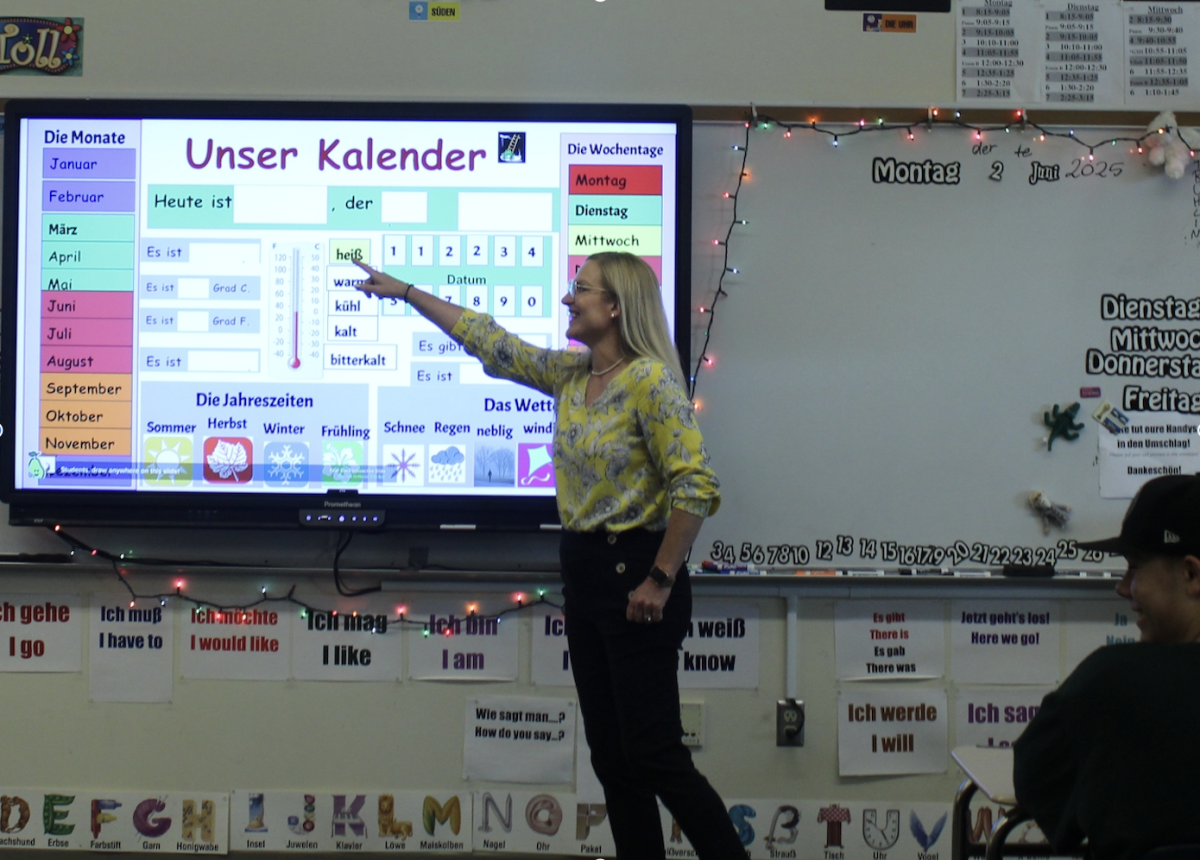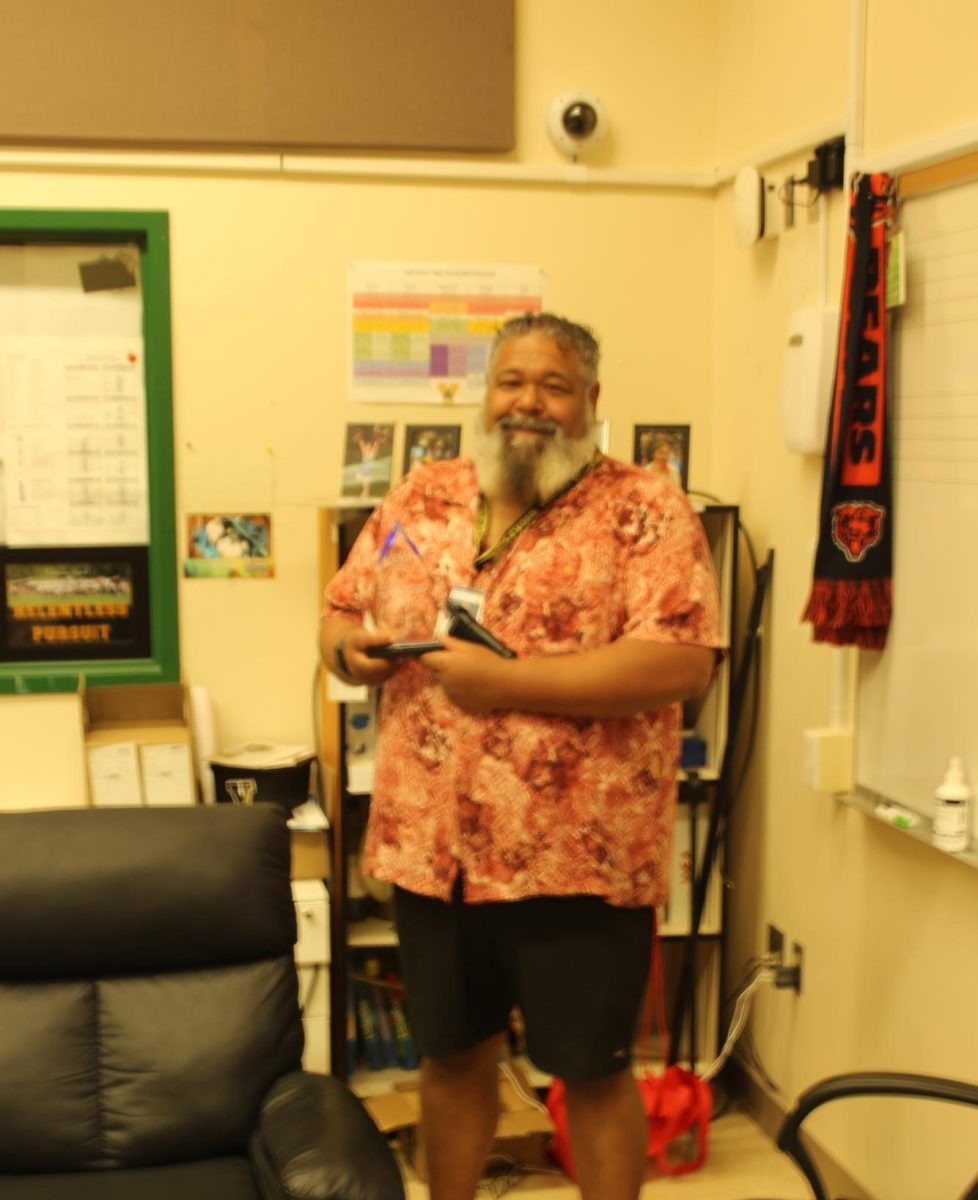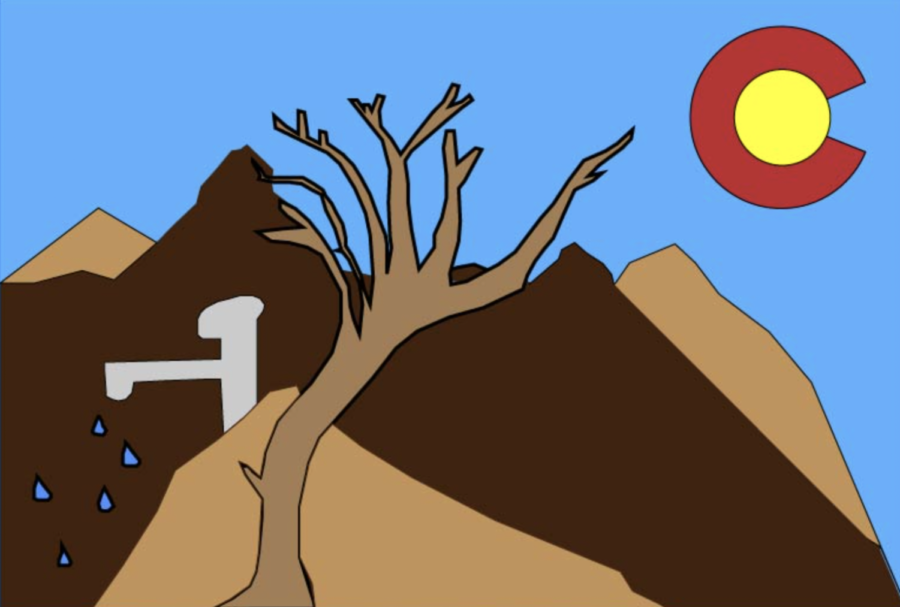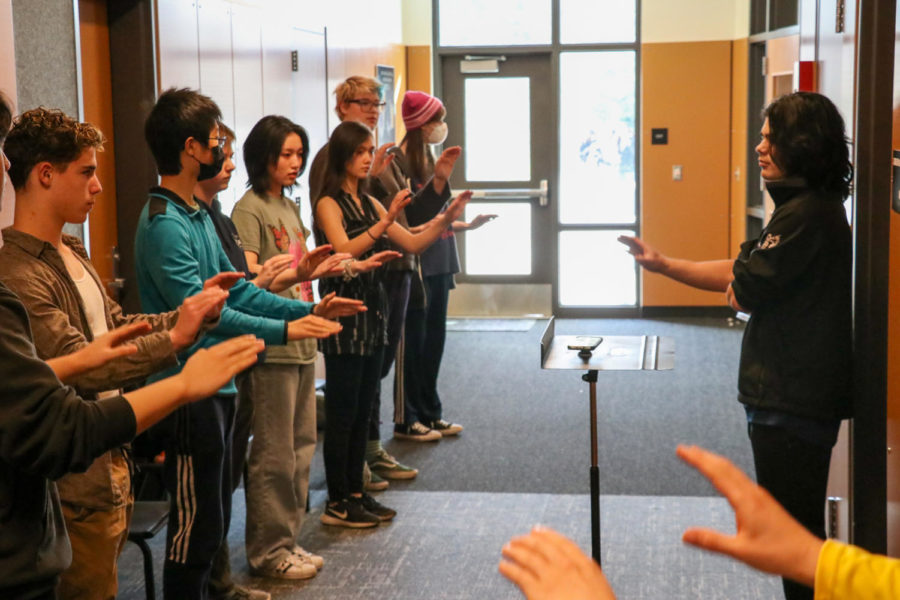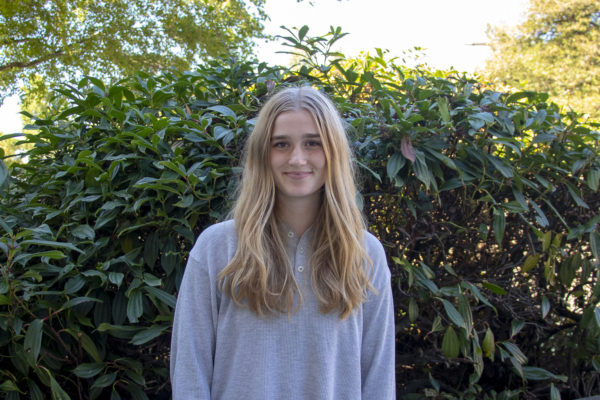Since Sept. 10, the Bolt Creek Fire has burned an estimated 23 square miles across the steep terrain of the Mount Baker-Snoqualmie National Forest near Skykomish. U.S. Highway 2 has had multiple closures due to the fire, and crews have had to remove fallen trees along the highway that pose a danger to the public. The origin of the fire remains undetermined, but the Northwest Coordination Center predicts it was caused by human activity.
The fire has been moving toward the southern containment line at about 50 feet per hour. The fire is 41% contained, and there has been no significant rain through August and September.
“If you’re in a forested area, it’s almost impossible to get to all sides of a forest fire,” said Mountain View Fire and Rescue Chief Dawn Judkins (she/her).
Shoreline Deputy Fire Marshal Ryan Burgess (he/him) said that wind and humidity are the biggest factors in fighting wildfires, and high winds and low humidity levels are a recipe for disaster. Burgess also noted that fires will often stay stagnant but then blow up in the middle of the night, explaining why people can wake up with a ton of smoke in their area — typically because there’s been a wind shift or drop in humidity.
“The winds shift on a daily basis depending on where you are,” said Burgess. “In more mountainous terrains, it tends to swirl. So you’ll have days where you’ll have smoke like we’ve had, and then you’ll have days where it’s clear.”
Judkins said that smoke is just one of those things you get used to as a wildland firefighter, but it’s still not good. The long-term effects of smoke can result in recurring lung problems and even cancer since smoke is a carcinogen.
“We don’t wear a full SCUBA [self-contained breathing apparatus] unit like we do when we fight structure fires [a fire involving residential, commercial or industrial buildings],” said Burgess. “It would be cumbersome to work in that for 16 hours a day. But it gets to you, definitely.”.
When smoke, humidity and winds make wildfires dangerous to an area’s residents, there are three steps to evacuation: ready, set and go. In practice, “read” looks like preparing for evacuation by monitoring the news and assembling valuables. “Set” indicates that a short-notice evacuation is likely, and “go” means evacuating immediately. As of Oct.16, residents of Index and Baring are under Level 1 evacuation guidance. When the fire commander orders a Level 3, the highest recommendation for everyone’s safety is to evacuate.
“The Bolt Creek Fire is running east and north into the forest, and actually is better contained than when it’s running west and south into where the residential areas are,” said Judkins.
This year, the Shoreline Fire Department has already had a number of deployments to assist other departments with fighting wildfires and protecting residents. Burgess said that, earlier in the season, a crew was deployed to Alaska, and another went out to the first fire that broke out near Lake Wenatchee this summer. Burgess was deployed last year to work on an aid unit with firefighters from a variety of departments.
“Your eyes were burning all the time, and you get a kind of a little frog in your throat — a little scratchy, and it lasts for a week or so. And sometimes you get a cough that doesn’t seem to go away for a week or so after you come back. And that’s just kind of the nature of being out there in that environment,” said Burgess.
In order to prevent wildfires, efforts have to be consistent and multifaceted to reach different parts of the community. Social media has been a medium to send out information about burn bans or red flag warnings — forecasts of high fire danger and increased probability of a fire starting in an area.
“Most fire departments are strapped for money in some respects. We don’t have a ton of people to go out and do education,” said Burgess. “Some departments only have a few people in their fire prevention division. Shoreline is pretty lucky in that we have a rather robust prevention division.”
Every year, Shoreline sends people out to fight Pacific Northwest wildfires; they have 25 firefighters on their wildland team. However, even with a big team, everyone can’t be deployed all at once to fight a big fire, because they still have to run their fire department in Shoreline. Judkins said that, since she started 20 years ago as a volunteer firefighter, she has fought fires mostly on the sides of the freeways where discarded cigarettes started big brush fires.
According to the Washington Department of Natural Resources, five large wildfires are currently burning in the Pacific Northwest, and smoke continues to linger in the Seattle area, as of Oct. 20. Rain is forecasted in Index on Oct. 21.
“Wildfires don’t grow as fast when the humidity goes up. When the humidity level comes down and it gets drier, those lighter fuels tend to catch fire a lot easier,” said Burgess.




